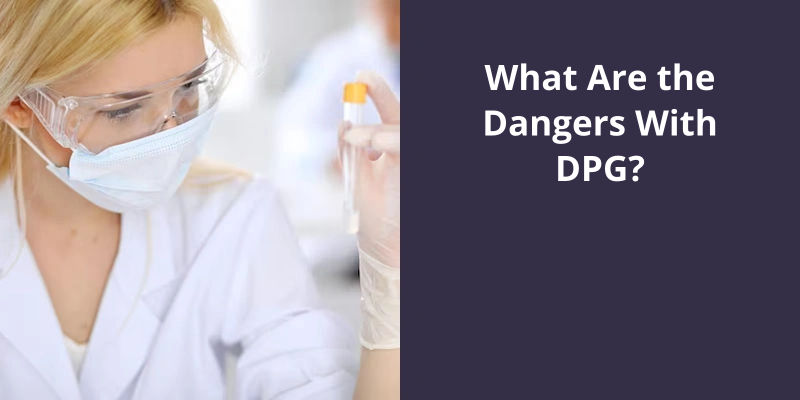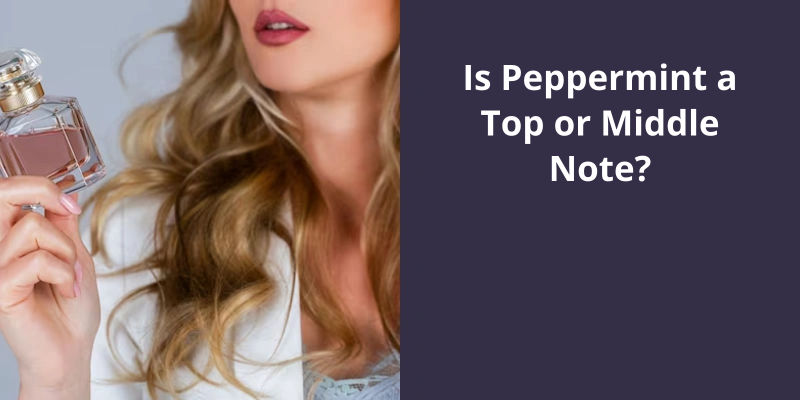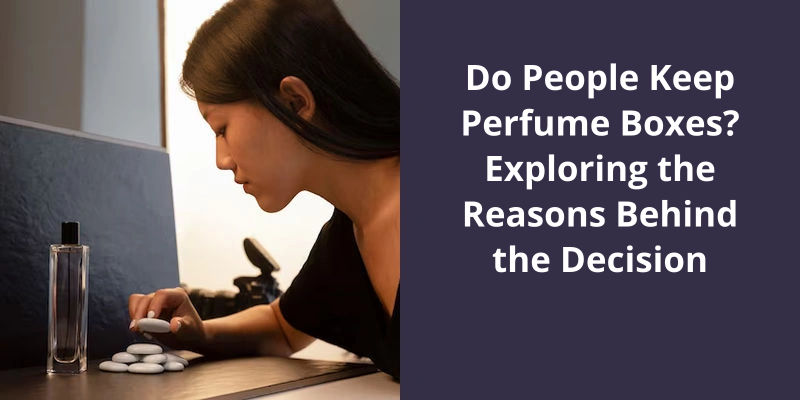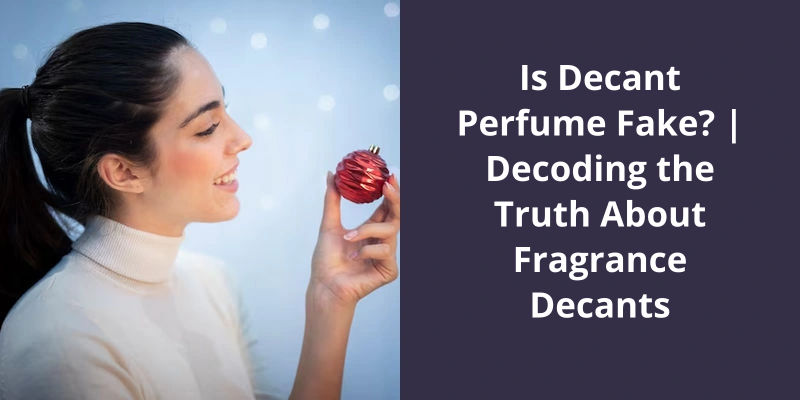DPG, also known as dipropylene glycol, is generally considered safe for use in various products including perfumes, cosmetics, and food, but some potential dangers may exist. Continuous exposure to this chemical can cause skin, eye, or respiratory irritations. Though rare, severe health implications may occur if DPG is ingested or absorbed in significant amounts, potentially leading to symptoms such as nausea, headache, and in very serious cases, kidney or liver damage. It’s also important to note, while DPG is not typically classified as a strong allergen, some people may still have individual allergic reactions to it. It’s wise to use products containing DPG responsibly and to seek medical attention if any adverse reaction develops.

Is DPG a Toxic Chemical?
However, like all substances, DPG can have harmful effects at high concentrations or with prolonged exposure. Inhaling large amounts of DPG vapor can cause irritation to the respiratory system, leading to coughing, wheezing, and shortness of breath.
DPG can also cause skin irritation if it’s repeatedly applied or if the skin is exposed to high concentrations. In severe cases, this can cause dermatitis, a condition in which the skin becomes red, itchy, and inflamed. To avoid skin irritation, it’s important to wash hands thoroughly after handling DPG products and to wear gloves and protective clothing when working with concentrated DPG solutions.
It’s worth noting that DPG is widely used in food, pharmaceuticals, and cosmetics due to it’s low toxicity and excellent solubility properties. In these industries, DPG is used as a solvent, humectant, and lubricant. It’s also used as a substitute for ethylene glycol in some applications, including antifreeze.
When using DPG, it’s important to follow safety guidelines and use protective equipment to avoid potential harm.
DPG in E-Cigarettes: Is DPG Commonly Used in E-Cigarettes and Is It Safe to Inhale? Are There Any Long-Term Effects on Health From Inhaling DPG Vapor From E-Cigarettes?
DPG, also known as diethylene glycol, isn’t commonly used in e-cigarettes. However, there have been cases of contamination in e-juice products with DPG. Inhaling DPG vapor isn’t considered safe and may cause irritation to the respiratory system. There’s limited research on the long-term effects of inhaling DPG vapor from e-cigarettes on health.
As concerns about the safety of cosmetics continue to grow, more and more people are starting to pay attention to the ingredients used in their favorite products. One ingredient that’s recently come under scrutiny is dipropylene glycol (DPG). However, according to skincare expert Dobos, there’s no reason to be concerned about DPG’s safety. In fact, both the FDA and the Cosmetic Ingredient Review’s expert panel have determined that DPG is safe to use in cosmetics. In the following sections, we will take a closer look at what DPG is, how it’s used in skincare and haircare products, and why it’s caused some controversy in the beauty industry.
Is DPG Skin Safe?
The safety of dipropylene glycol, or DPG, is a topic that’s been widely discussed in the cosmetics industry. While some individuals have expressed concern about it’s potential toxicity, scientific evidence suggests that DPG is safe for use on skin and hair.
One of the most prominent advocates of DPG safety is Dr. Csaba Dobos, a renowned dermatologist and researcher. In a recent interview, Dobos reiterated that this ingredient is safe for all skin and hair types. He noted that DPG has been used for decades in a variety of cosmetic products, and there have been no reports of adverse effects.
Despite these assurances, some people remain skeptical about DPGs safety. This may be due in part to confusion about what exactly DPG is.
Indeed, the scientific evidence overwhelmingly supports the safety of DPG. This is based on numerous studies and decades of real-world use, which have consistently shown that DPG poses no significant risk to human health.
So why do some people remain wary of DPG? It’s possible that misinformation or fear-mongering have played a role in shaping public opinion. Additionally, some individuals may simply be more sensitive to certain ingredients than others, which could explain why a small minority of people have reported experiencing adverse reactions to DPG.
As with any ingredient, it’s important to pay attention to your own personal reactions and discontinue use if you experience any adverse effects.
The History and Development of DPG in the Cosmetics Industry
- DPG stands for dipropylene glycol and is a clear, colourless, and odourless liquid.
- It’s a fragrance ingredient that’s commonly used in cosmetics, personal care products, and household items.
- DPG has a long history of safe use and has been approved by regulatory agencies such as the US FDA and the European Union.
- It’s often used as a solvent for fragrances, helping to improve their stability and performance.
- DPG can also be used as a humectant, helping to keep skin hydrated and moisturized.
- Over time, DPG has become an important ingredient in the cosmetics industry due to it’s versatility and effectiveness.
- While some concerns have been raised about the safety of DPG, studies have shown that it’s safe for use in cosmetics when used in accordance with established guidelines.
Source: Dipropylene Glycol for Hair: What It Is and How to Use It – Byrdie
Conclusion
In conclusion, it’s important to be aware of the potential dangers associated with DPG. This chemical compound has been suspected of damaging fertility and can be harmful if swallowed. It’s been known to cause serious eye irritation and may also lead to respiratory irritation. Therefore, it’s imperative to exercise caution when working with products that contain DPG and to seek medical attention immediately if any adverse reactions are experienced. It’s crucial that individuals stay informed about the chemicals and substances around them in order to maintain a safe and healthy environment.





